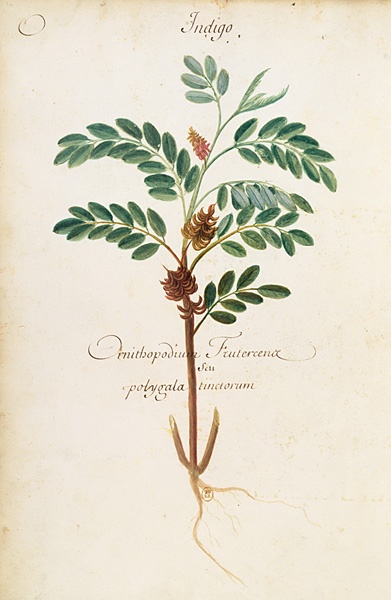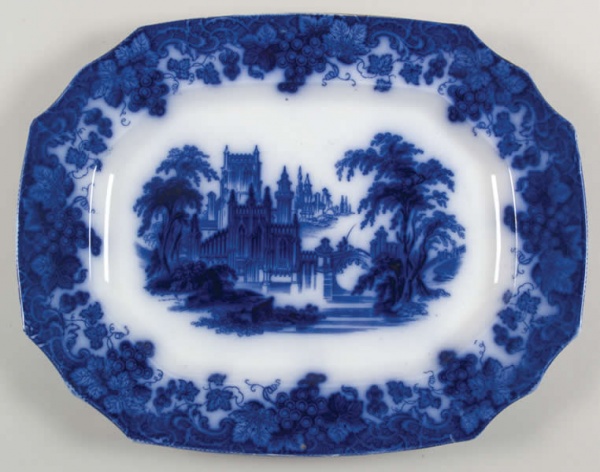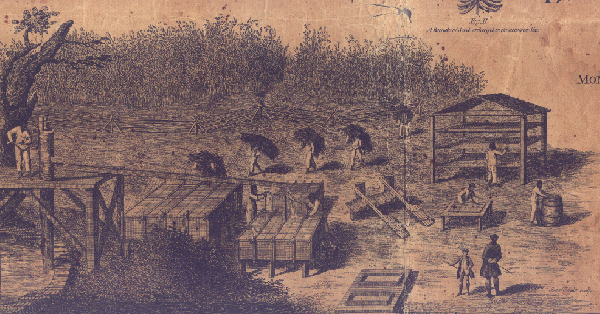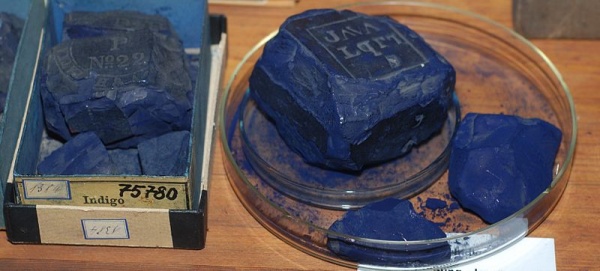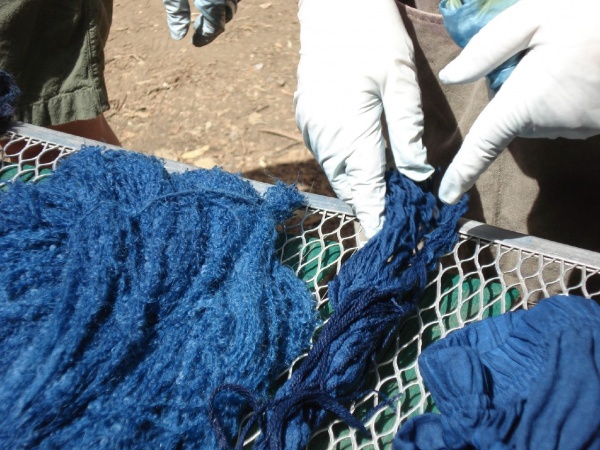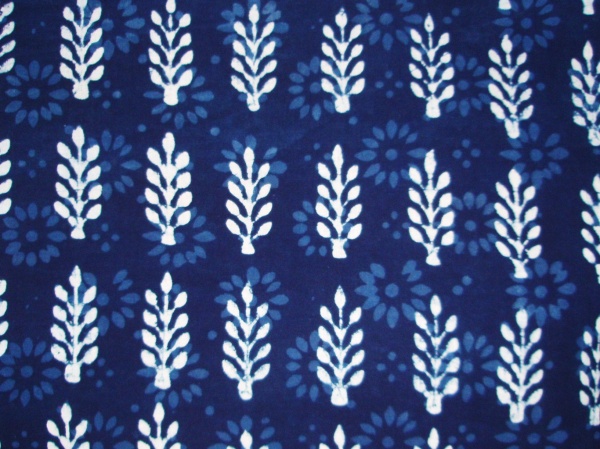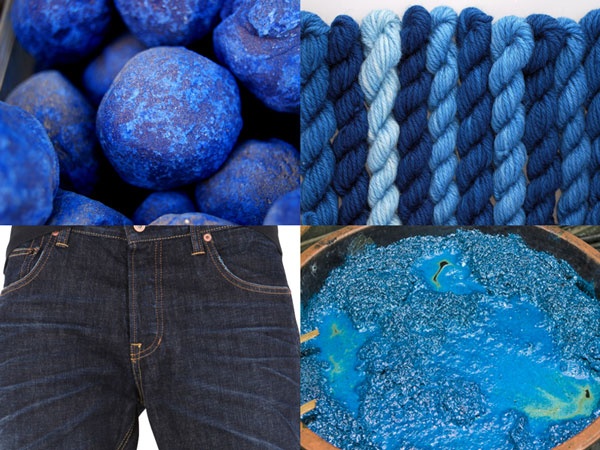One of the colors that always comes to mind when one thinks of an island is the color blue. Whether it be the aqua blue of the Caribbean, the deep Atlantic blue of our local waters or the many shades in between, blue has long been upheld as a color of tranquility, spirituality and even power.
Coastal Georgia, known for it’s Sea Island Cotton that brought fortune to plantations during the eighteenth and nineteenth centuries, also grew the Indigo plant from which the rich blue dye was made. Ossabaw Island, the largest of Georgia’s barrier islands, was especially known for indigo production.
The process of making the dye was arduous as well as toxic to the slaves who continuously inhaled the vapors that rose from the vats as the plant leaves fermented and boiled to produce the intense blue colors so popular at that time in England and Europe.
During the 1700’s, settlers in the colony of Georgia were encouraged to grow three things. Indigo for dye, mulberry trees for silk making and grapes for wine. As the area grew the list of agricultural products did as well. The mighty live oaks that grow throughout Coastal Georgia provided a thriving lumber business, exporting this tough wood for the building of ships until steel began to take over in the mid 1800’s.
Indigo is no longer produced in the area, in fact, most indigo produced today is synthetic.
But the deep lapis colors so vividly used in both Asia and Africa for coloring fabrics always calls my name.
Whether used in batik, to color china or for dye in fabric ,the many shades of blue remain a favorite. The next time you slip into those denim jeans remember the process from long ago that first introduced the color blue to the world.

